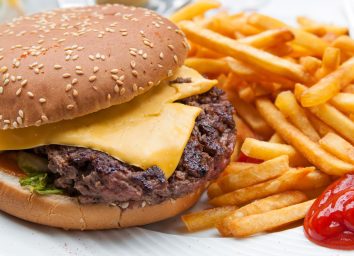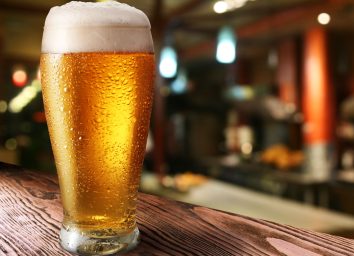The WHO Calls to Eliminate Artificial Trans Fats by 2023
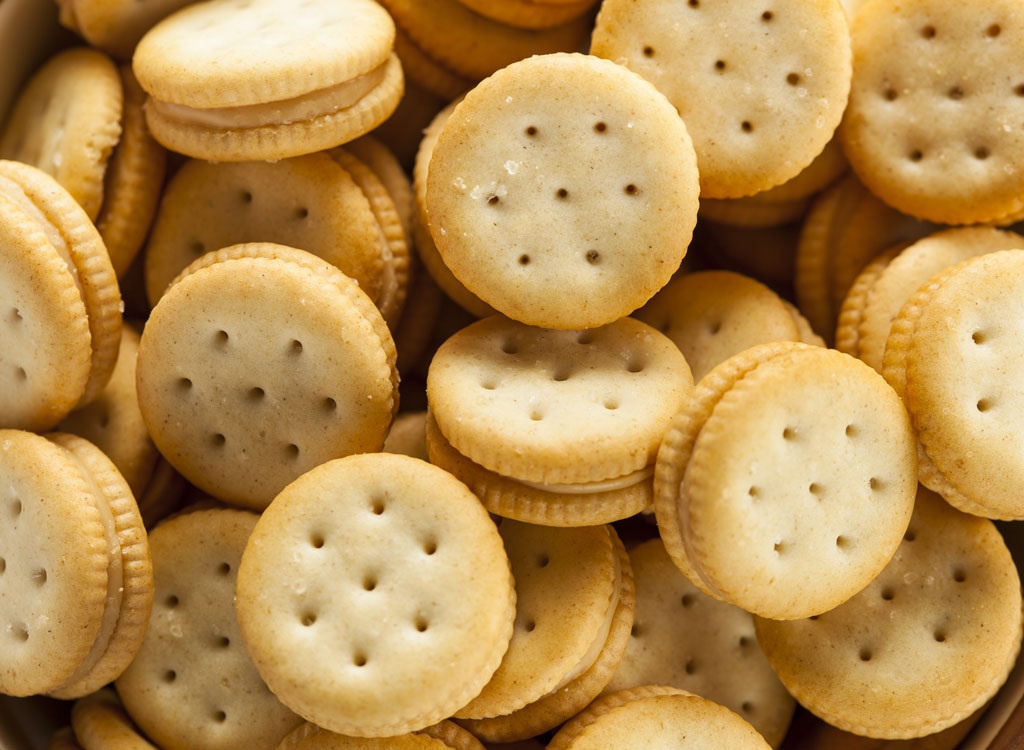
There are good fats and bad fats, but artificial trans fats are the worst kind of fats you can consume. And it looks like the uphill health battle to remove these artery-clogging oils from the world food supply is finally coming to a head.
Today, the World Health Organization (WHO) launched a global initiative called REPLACE to eliminate artificial trans fats from the world food supply by 2023. For the first time, global health officials are finally asking countries to remove the harmful oils from their entire food supply.
In the U.S., the FDA has already set a June 2018 deadline for food makers to completely remove artificial trans fat in the form of partially hydrogenated oils (PHO) from their products. Unfortunately, that action does not apply to restaurants who might be using these oils to deep fry foods. According to the WHO, trans fats intake has led to more than 500,000 deaths a year from heart disease.
Bonnie Taub-Dix, RDN, creator of BetterThanDieting.com and author of Read It Before You Eat It: Taking You from Label to Table, says, “The dangers of trans fats isn’t news. This has been a problem for a long time, but it’s just too bad we have to wait until 2023 to completely ban them.”
The Importance of Reading Ingredients Labels
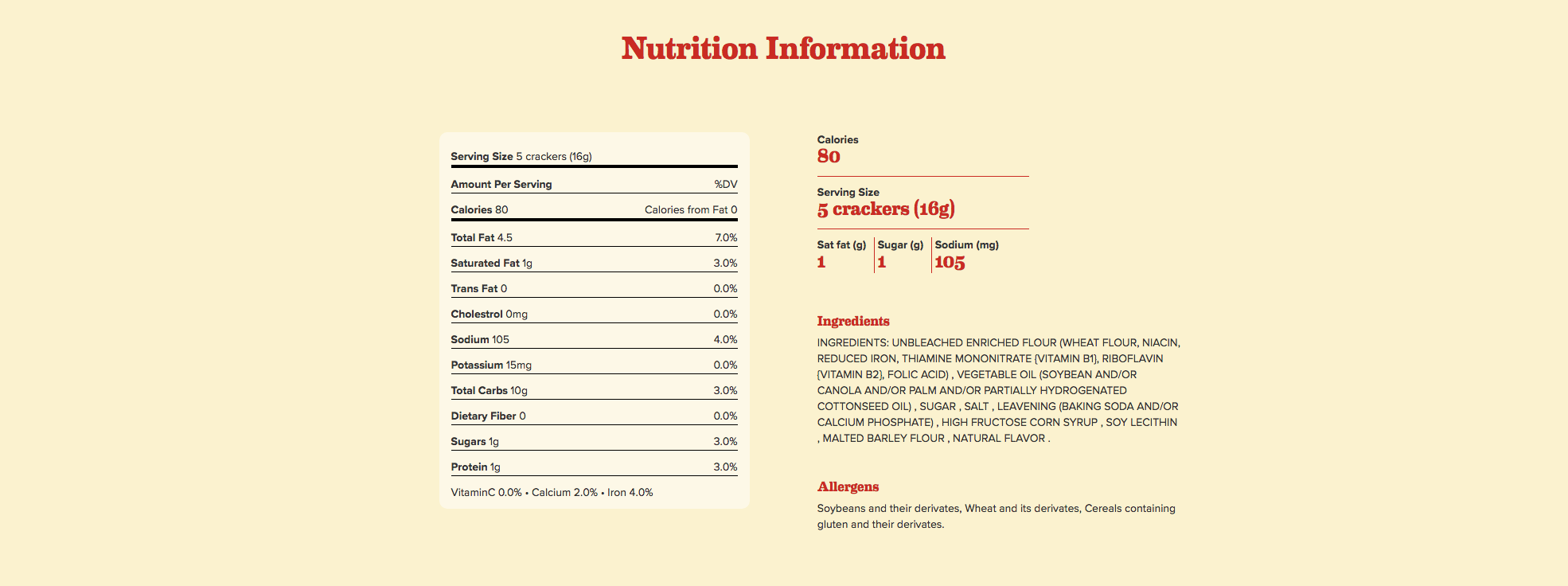
Back in 2006, the Food & Drug Administration (FDA) required food manufacturers to declare the amount of trans fats in foods on the nutrition facts label. The catch is that products with less than 0.5 grams of trans fats aren’t required to disclose this amount and can market their products with the “0 grams trans fats” label.
That’s why Taub-Dix says people should look for “partially hydrogenated oils” or “hydrogenated oils” on the ingredients labels. Reading the ingredients labels of products will help ensure that you’re not, in fact, consuming any traces of trans fats. “If you eat a toaster waffle in the morning that has some trans fats and then snack on some cookies with trans fats in the afternoon, they add up and you don’t realize it,” Taub-Dix explains.
Since the FDA declared that partially hydrogenated oils are no longer “generally recognized as safe” (GRAS) in 2013 and will be phased out of most grocery products in June 2018, you can relax a bit when shopping. You may remain vigilant when reading nutrition labels to look out for PHOs, but most manufacturers are mandated to remove the ingredient from their products.
You May Still See Trans Fats on the Nutrition Facts Panel
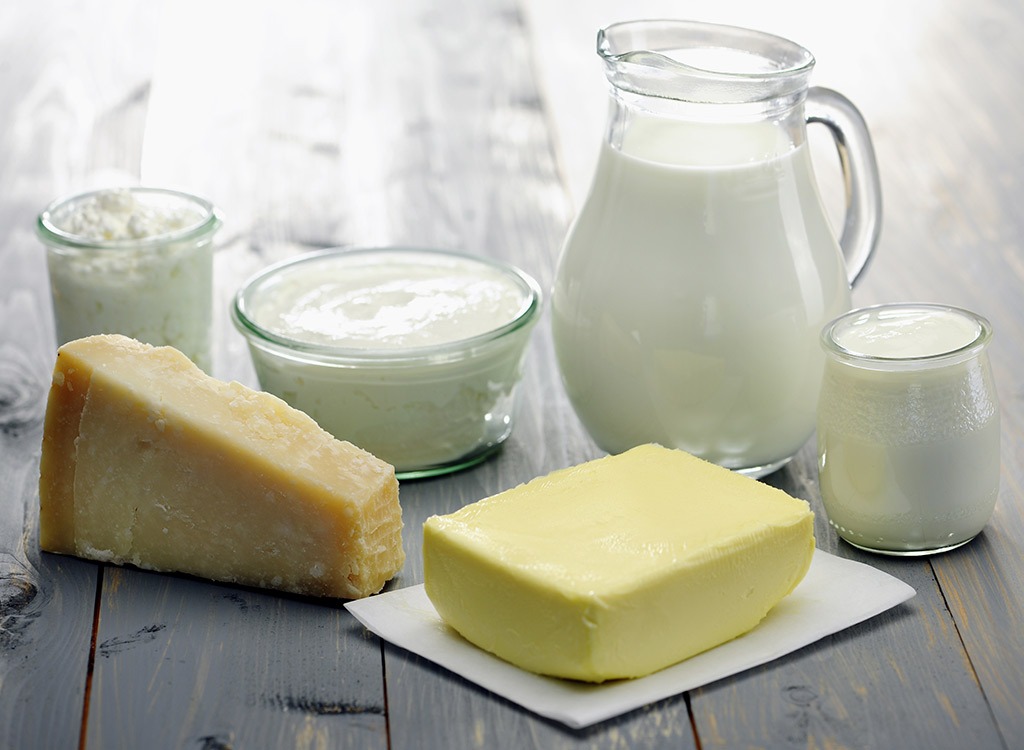
It’s important to note that while artificial trans fats will be banned from our packaged food supply, you may still see trans fats listed on nutrition labels. That’s because meat and dairy products have some naturally occurring trans fats; however, research suggests that they aren’t as bad for your health as industrially manufactured trans fats.
Can You Replace Trans Fats With Good Fats?
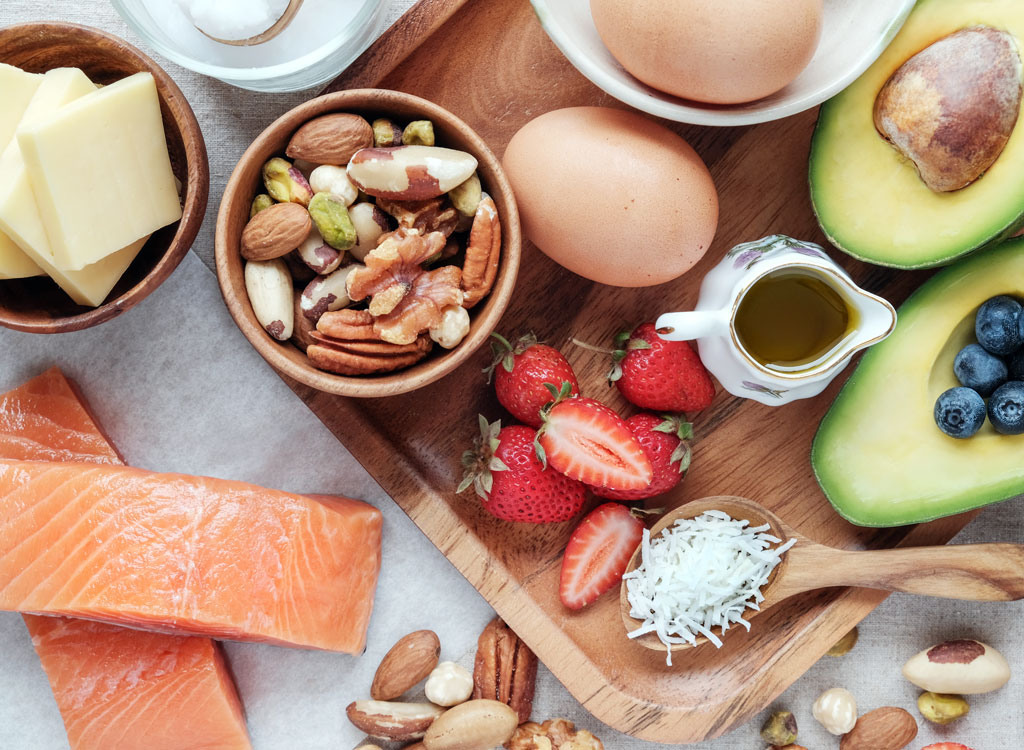
The WHO’s six step-by-step guide for removing trans fats from the global food supply includes a strategy to replace trans fats with healthier fats and oils in products. While you won’t see glimmers of avocado and olive oil in your Oreos anytime soon, Taub-Dix says the process for replacing trans fats shouldn’t be difficult. “I could see food manufacturers using healthier fats, like sunflower oil, safflower oil, and vegetable oil, to replace trans fats,” she says.
It’s also important to note that the calories in a product, whether it’s packaged foods or fast foods, don’t indicate anything about how much trans fats are in them, Taub-Dix says. With that said, here are the worst food offenders of trans fats:
- Donuts
- Crackers
- Cookies
- Muffins
- Pastries
- Fried foods
But packaged foods aren’t the only foods in the supply chain that need to swap out trans fats. Street food vendors and restaurants in North America, Europe, the Middle East and Asia use cooking oils with trans fats, so part of the ban is also educating restaurants, bakeries, and food truck vendors about substituting shortenings and other artery-clogging oils with healthier fats. (Because many restaurants still use trans fats for frying, many of the dishes on our report—The 35 Worst Restaurant Meals for Your Heart—contain high levels of trans fats.)
On another note, food manufacturers might start to replace trans fats with coconut or MCT oil, grass-fed butter, ghee, or other oils high in saturated fats. “These fats have become hot and Instagram-worthy, but the addition of more saturated fats in your diet can also pose a heart disease risk,” Taub-Dix says. If you remember, back in June 2017, the wellness world let out a collective gasp when American Heart Association (AHA) put out an advisory against the use coconut oil because of its high saturated fat content. So how will food products win the battle on fat? We’ll just have to wait and see.
For more expert tips on how to read nutrition labels and limit sugar and fat from your diet, check out The 14-Day No Sugar Diet: Lose Up to a Pound a Day and Find Your Path to Better Health.
